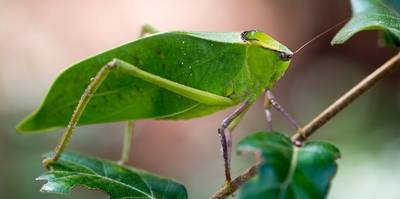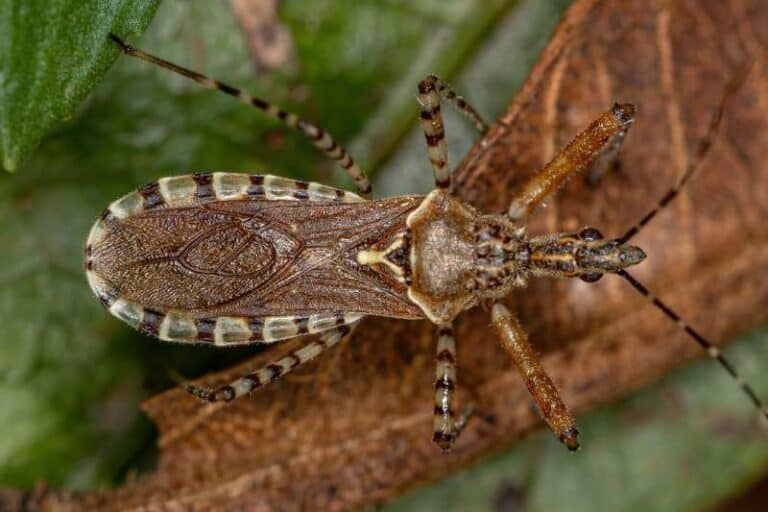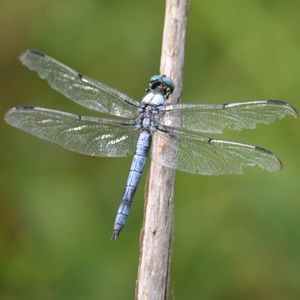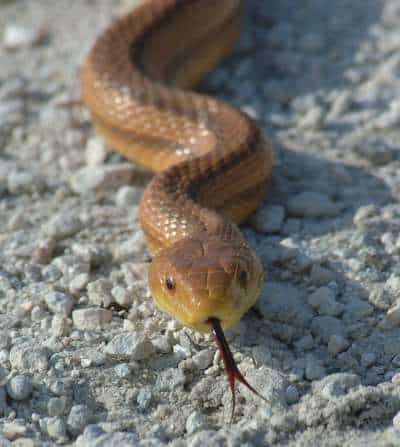Snakes are capable of amazing feats of locomotion, including the ability to climb trees. Many terrestrial and semi-aquatic species climb routinely and are amazingly skilled at it. Why would creatures with no legs, hands, thumbs, or claws be so willing to attempt such as dangerous feat? What do they gain from climbing trees?
Snakes climb trees to find prey, bask in the sun, rest, evade predators, and sometimes to mate. Some snakes are so well suited for climbing that they spend most of their lives off the ground, although even these species return to earth at least intermittently to lay their eggs.
The ability to climb is a remarkably complex endeavor for snakes, involving many different adaptations and patterns of movement. This post focuses on the many reasons why snakes climb as well as some of the species in the southeastern United States that do it well.
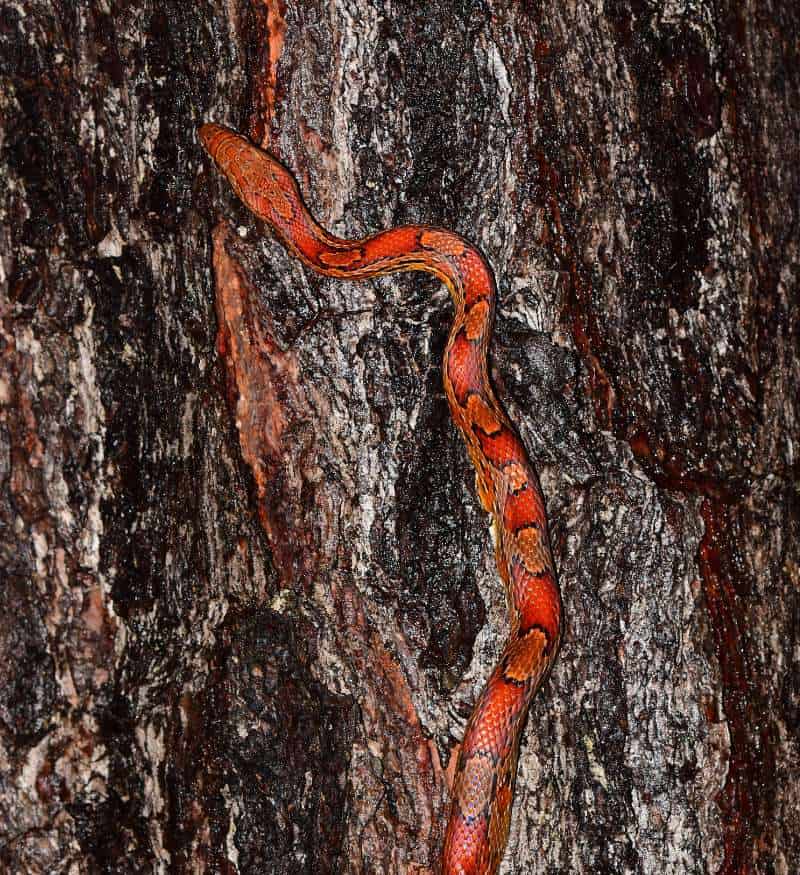
Fossorial snakes
Fossorial snakes spend their time entirely or mostly underground; they are best adapted to slithering through tunnels, burrows, and digging through soil rather than climbing trees. In the southeastern United States, examples of fossorial snakes include eastern wormsnakes (Carphophis amoenus), smooth and rough earthsnakes (Virginia valeriae and Haldea striatula respectively), and southeastern crowned snakes (Tantilla coronata).
These are all small snakes, approximately 10 – 14 inches (25cm) long and prey on ground-based invertebrates like earthworms, snails, slugs, spiders, and insects. They are rarely seen by casual naturalists because they are active mostly at night and usually underground or under the cover of leaf litter, rocks, and logs (Dorcas and Gibbons 2015).
These snakes can technically climb if they wanted to but its first instinct when threatened will be to retreat underground. While rare, a fossorial snake can be caught too far from a subterranean haven (Gibbons and Dorcas 2015) and flee up a tree. But these snakes climb only as a last resort.
Terrestrial snakes
Terrestrial snakes are those species which spend their time entirely or mostly on the ground’s surface. Most can climb trees and many do so routinely, usually to find food, safety, or both.
Terrestrial snakes eat a wide variety of prey and the locations in which their prey can be found varies. Those snakes that hunt ground-based prey such as rodents and amphibians are less likely to climb since doing so is unnecessary but snakes that hunt birds and bird eggs must climb up trees and rock faces to reach them.
Despite being predators themselves, many snakes found in the southeastern United States are also prey for other creatures and may climb trees to hide.
Corn snakes (Pantherophis guttatus) grow to about 3 to 6 feet (0.9-1.8m) long and eats birds, bird eggs, and tree frogs, in addition to small mammals and lizards. Corn snakes sometimes hide themselves beneath the bark of dead trees (Gibbons and Dorcas 2015) but this is not a foolproof strategy; many snake predators can also climb trees, including raccoons, opossums, and other snakes.
One such predator is another climbing snake, the common kingsnake (Pantherophis lampropeltis). Kingsnakes grow 4 to nearly 8 feet (1.2-2.4m) long (Behler and King 2020), are excellent climbers, and are notorious predators of other snakes.
Semi-aquatic snakes
The southeastern United States boasts many different species of watersnakes that climb into trees and bushes overhanging their freshwater habitats.
Unlike the terrestrial snakes, watersnakes do not climb trees to hunt prey or hide from predators. They eat fish, amphibians, and other snakes and prefer to hide from predators in the water. Watersnakes climb for two main reasons: thermoregulation and mating.
All snakes are reptiles and thus ectothermic, which means that they gain their body heat from their environment as opposed to generating it internally. Watersnakes climb from the water into trees and bushes to bask in the sun; the sun’s warmth helps them move faster and digest their meals.
Although they sometimes mate on dry ground, watersnakes generally mate above ground in trees and bushes. This is part proximity – since they like to bask anyway, males and females can find each other easily – but also partly for protection. Mating is a risky period of time because the snakes are less focused on monitoring for predators. Fewer predators hunt in waterside bushes and trees than inland on dry ground and a watersnake can drop into the water faster than they can slither across open ground so mating in trees gives them a survival advantage.
The brown watersnake (Nerodia taxispilota) is the most likely species to climb (Martof et al. 1980) but none climb very high.
Aquatic snakes
The fully marine sea snakes and kraits in family Hydrophiidae are the only snakes that do not climb trees. They live in the ocean so lack the opportunity, but equally important, their bodies are adapted to swim, not to climb.
For information about swimming snakes, check out this other Now I Wonder post “Can snakes swim?”.
Arboreal snakes
Some snakes spend so much of their lives climbing and navigating through vegetation that they are considered arboreal. One example is the rough green snake (Opheodrys aestivus), which is a 2 to 4 foot (0.6-1.2m) long, slim-bodied snake that eats mostly spiders, insects and insect larvae, and tree frogs. It spends most of this time hiding in green vegetation, where its bright green coloring provides excellent camouflage.
But the superstar of southeastern climbing snakes is the rat snake (Elaphe obsoleta). This snake can grow up to 8 feet (3.4m) and is often black, although many color variations have been identified. This snake is a superb climber; it can be found at great heights and is famous for being able to climb straight up tree trunks. In one fascinating study, rat snakes were able to ascend trees whose first branches were more that 15 feet (5m) off the ground (Mullin and Cooper 2002).
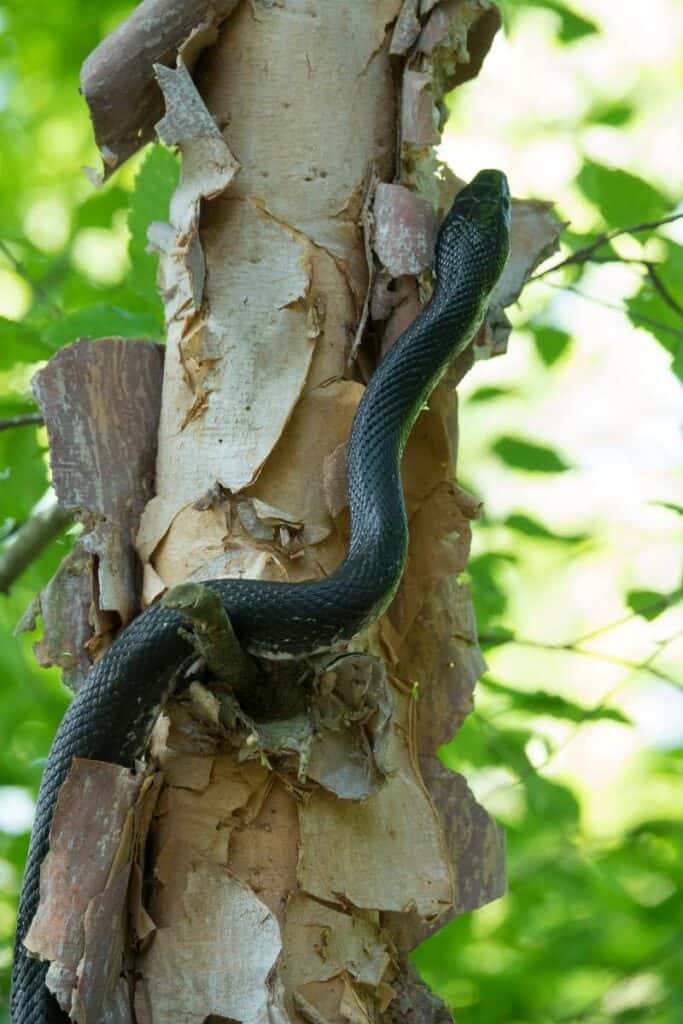
Do snakes fall from trees?
Snakes can and do fall from trees. The characteristics of a tree determines how likely a snake is to fall while climbing. Snakes fall most easily from trees whose trunk diameters are too large for the snakes to encircle with body coils, and smooth-barked trees that have fewer spots against which the snakes’ ventral scales can brace. Snakes may deliberately release their holds on the tree trunk and drop to the ground (Lillywhite 2014) and seem to have an innate sense of the height from which they can fall without injury.
But snakes rarely fall when climbing trees that provide lots of scale-holds, like those with rough bark or vines. In one study, rat snakes “did not move, or fell, in only 5 out of 75 attempts when climbing” (Mullin and Cooper 2002).
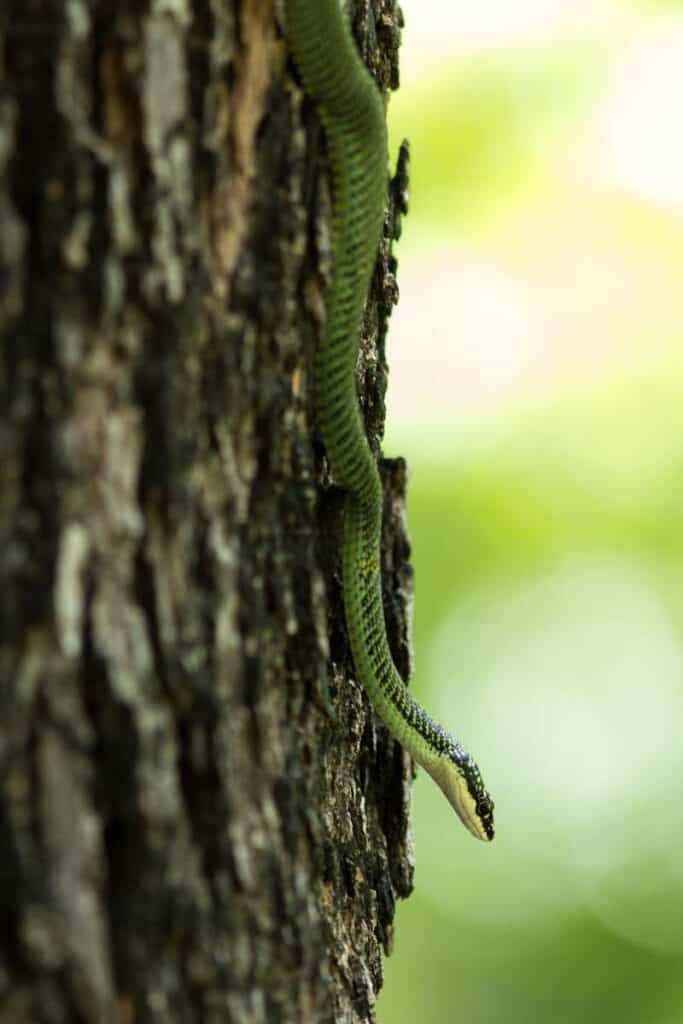
Conclusion
Snakes climb trees for all the same reasons that that they slither on and in the ground and swim in the water – to hunt, to hide, to bask, and to mate. Climbing snakes achieve all these goals with skill and panache that can only be considered a natural wonder.
Related Now I Wonder Posts
To learn more about snakes, check out these other Now I Wonder posts:
- Can snakes swim?
- Can you tell a snake is venomous by the shape of its head?
- Cottonmouths vs. water moccasins: What you need to know
- Do snakes eat other snakes?
- How do snakes move around?
- Can snakes climb trees?
- Pythons, boas, anacondas: Meet the world’s biggest snakes
- What are the world’s biggest snakes afraid of?
References
Behler JL, King FW. 2020. National Audubon Society field guide to reptiles and amphibians: North America. New York (NY): Alfred A. Knopf.
Gibbons W, Dorcas M. 2015. Snakes of the southeast. Revised ed. Athens (GA): The University of Georgia Press.
Lillywhite HB. 2014. How snakes work: structure, function and behavior of the world’s snakes. Cary (NC): Oxford University Press, Incorporated.
Mullin SJ, Cooper RJ. 2002. Barking up the wrong tree: Climbing performance of rat snakes and its implications for depredation of avian nests. Canadian Journal of Zoology/Revue Canadienne De Zoologie. 80(4): 591-5. Available at: https://doi.org/10.1139/z02-042


